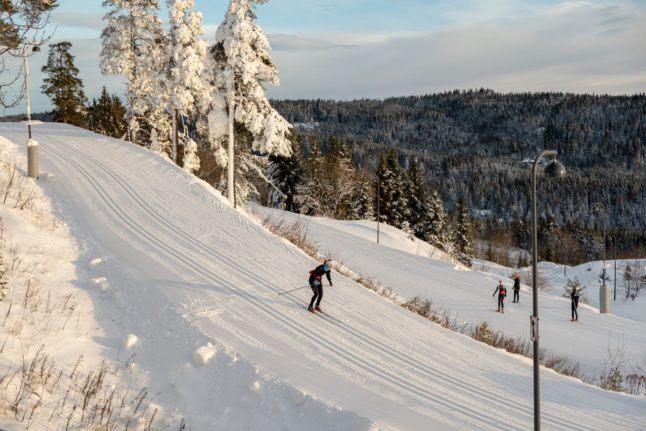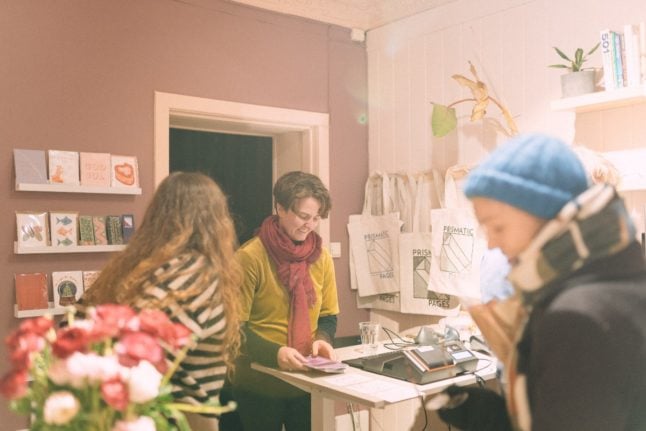Stavanger Vinfest 22nd-25th March
Towards the end of March is the Stavanger Wine Festival. Over the course of three days, wine lovers can expect some of Europe’s best winemakers and suppliers to be present for a weekend of tastings organised by 12 restaurants in Stavanger.
One of the most popular events throughout the festival is the wine train on the 22nd. Those who buy tickets will be taken to nine wine-tasting events, seven of which will have food pairings. After the wine train, there will be an after-party with a DJ.
Tickets for the wine train start from 895 kroner. Other events include wine fairs and a surprise lunch. You can read more about the itinerary here.
Holmenkollen Skifestival 9th-12th March
Ski Fest & Raw Air, or Holmenkollen Skifestival, will see the annual FIS World Cup Nordic ski competition draw thousands of spectators to Holmenkollen, the home of international ski jumping and cross-country skiing.
While at the events, there will be several activities planned for both adults and children. Plenty of food and drink will also be available, in addition to an after-ski event. You can get more information on tickets here.
Norwegian Seafood Festival 2nd to 4th March
At the beginning of March, foodies in Trondheim will have the chance to enjoy the best seafood that Norway has to offer.
Norwegian seafood is considered some of the best in the world, so this opportunity shouldn’t be passed up on.
There will be several events across Trondheim at locations such as Ravnkloa, at Clarion Hotel Trondheim Brattøra, Olavshallen and the Vitensentret and more.
Narvik Winter Festival March 17th-March 26th
One of Norway’s most popular winter festivals is the Narvik Winter Festival in the north of the country. Once a year, the city celebrates the sun returning following the dark Arctic winter.
The event is dedicated to those who built the railway across northern Norway and Sweden. The festival will see winter sports events, carnivals, concerts and opera performances.
Around 25,000-30,000 people attend the events that are part of the winter festival. You can get a complete overview of the 2023 programme here.
The Winter Chamber Festival Røros March 15th- March 19th
The middle of March will see a classical music festival take place in the UNESCO World Heritage town of Røros. Other activities taking place in the town include skiing, sledging, historical tours and sampling local gourmet food.
New exhibition at the Munch Museum on March 25th
An activity with children in mind is the opening of a new exhibition in the Munch Museum.
The Chamber of Chaos aims to provide a fantastical, imaginative place area for children where typical museum rules no longer apply.
The exhibition will be on the museum’s tenth floor. It is a collaboration between the museum and costume designer Fredrik Floen. The aim of the exhibition is to stimulate all the senses and will feature a variety of soft-play building blocks and other objects, as well as specially designed and constructed architectural features.
You can read more info on the new exhibition and tickets here.
Last chance to see Grayson Perry’s exhibition at the National Museum
Grayson Perry’s Fitting in and Standing Out exhibition ends on Sunday, March 26th. Grayson Perry is one of Britain’s most celebrated and acclaimed artists. It is the artist’s, famous for his trademark satirical depictions of English cultural life, first solo exhibition in Norway.
It features ceramics, tapestries and sculptures from the 1980s until today. Perry will also share personal views on identity, taste and gender roles, and the art world’s oddities via audio guides.




 Please whitelist us to continue reading.
Please whitelist us to continue reading.
Member comments